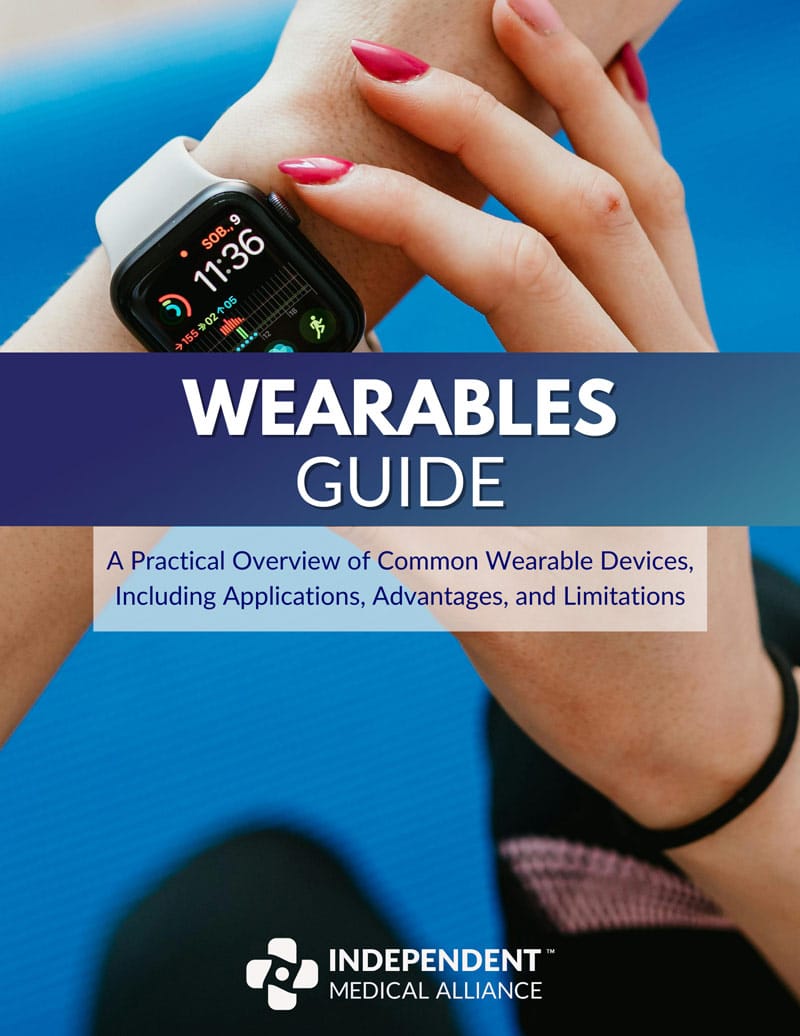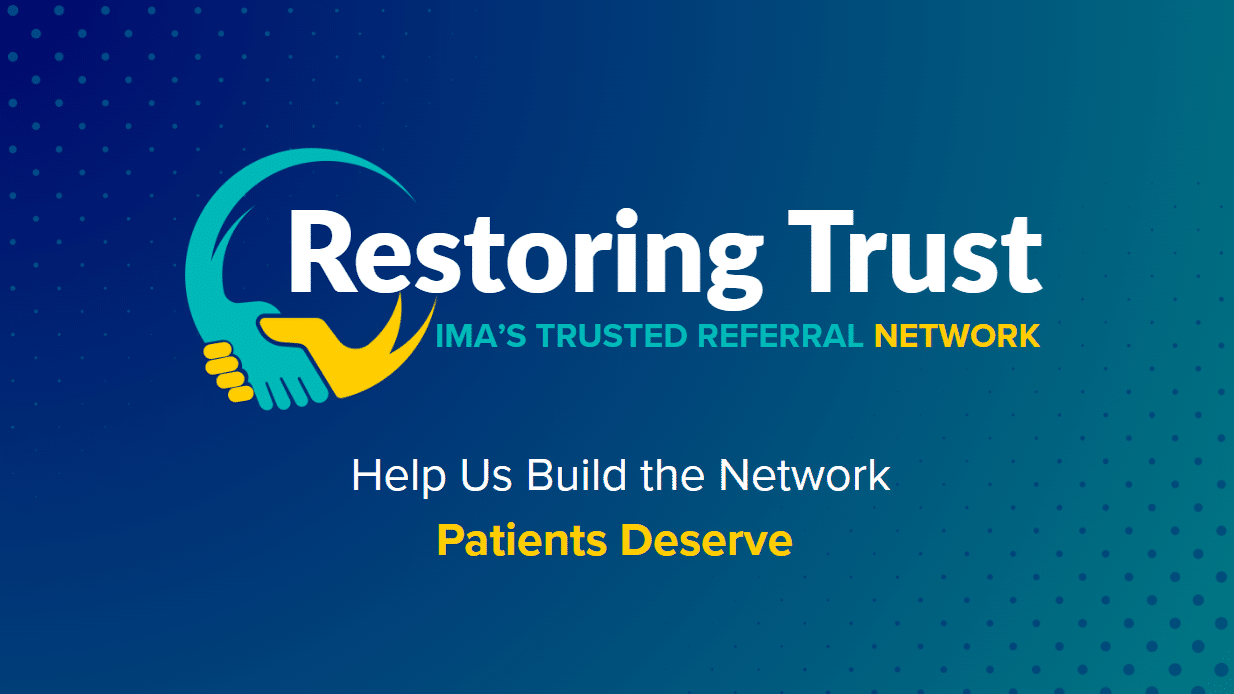Curious about wearables? Learn what they can track, how they support your health, and what privacy concerns to watch out for before you buy.
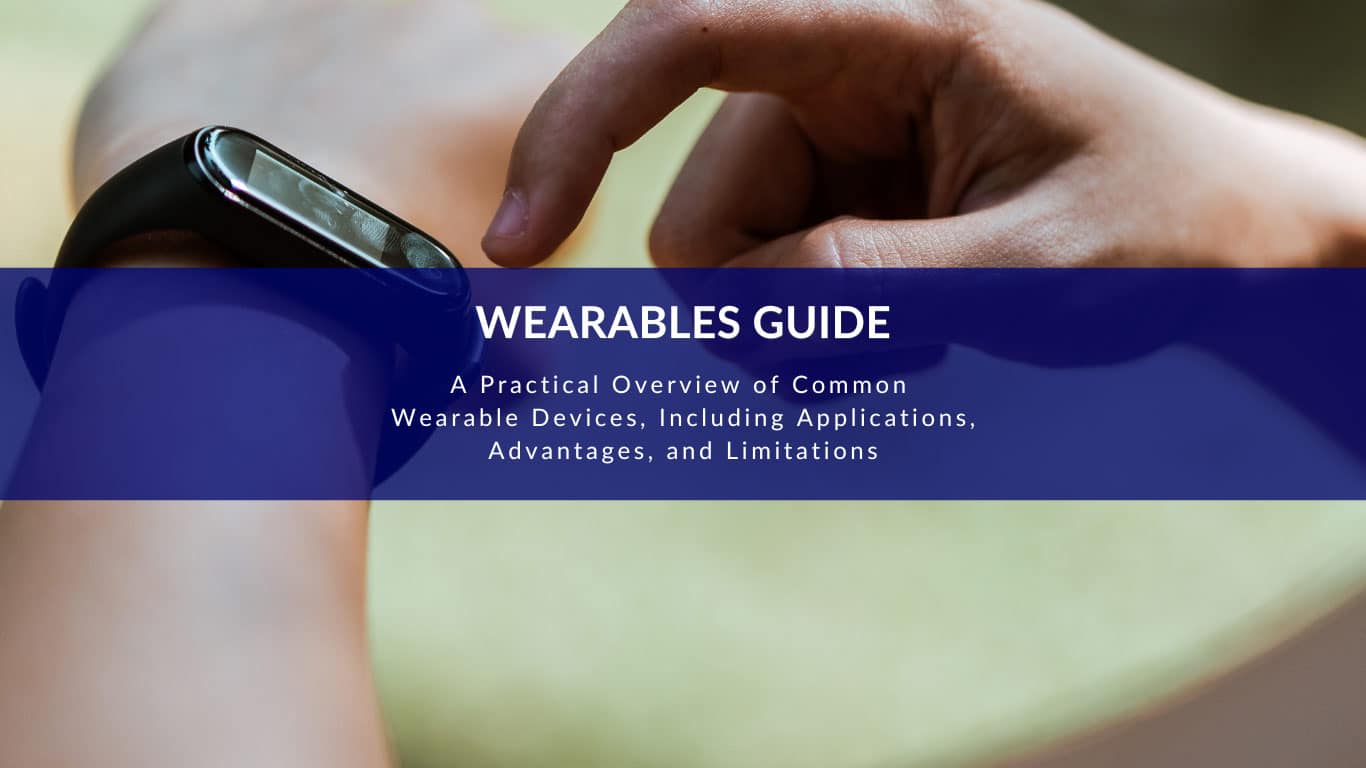
From step counters to sleep monitors, wearable devices are everywhere… and they’re not just trendy gadgets. For many people, wearables offer powerful insights into sleep, stress, metabolic health, and more. But with so many options (and so much data), it’s easy to feel overwhelmed.
That’s why IMA Senior Fellow Dr. Kristina Carman created the Wearables Guide—a practical, no-hype resource to help you understand what these devices do, who they’re for, and how to use them wisely. The article below, also written by Dr. Carman, goes even deeper into the functional health benefits (and privacy trade-offs) of today’s most popular wearables.
Start by downloading the guide—then read on for the full breakdown.
Wearables & Biohacking Tech: Empowering or Overexposing Our Health?
From tracking steps and sleep to monitoring blood sugar and nervous system resilience, wearables are redefining modern health awareness. In functional and integrative medicine, they offer us more than just data—they provide a feedback loop to better understand how food, stress, movement, and even relationships affect our physiology in real time.
But with all this data at our fingertips comes a growing question: At what cost?
Let’s dive into the science, the promise, and the caution surrounding today’s most popular wearable health tools.
What Are Wearables, Exactly?
Wearables are digital devices—often worn on the finger, wrist, or arm—that monitor real-time biological signals. These include:
- Sleep cycles (light, deep, REM)
- Heart rate & HRV (heart rate variability, a marker of stress resilience)
- Activity tracking (steps, calories, intensity)
- Body temperature
- Glucose patterns (via CGMs)
- Menstrual cycles
- Breath biomarkers (via metabolic analyzers)
Some wearables also monitor oxygen saturation (SpO2), respiratory rate, and even brainwaves or skin conductance for stress.
They’re often paired with an app that provides insights, trend analysis, and personalized recommendations. Some integrate with other health platforms like Apple Health, Google Fit, or nutrition logging tools.
👉 Learn more: Wearables & Biohacking Tools: Your Quick Reference Guide
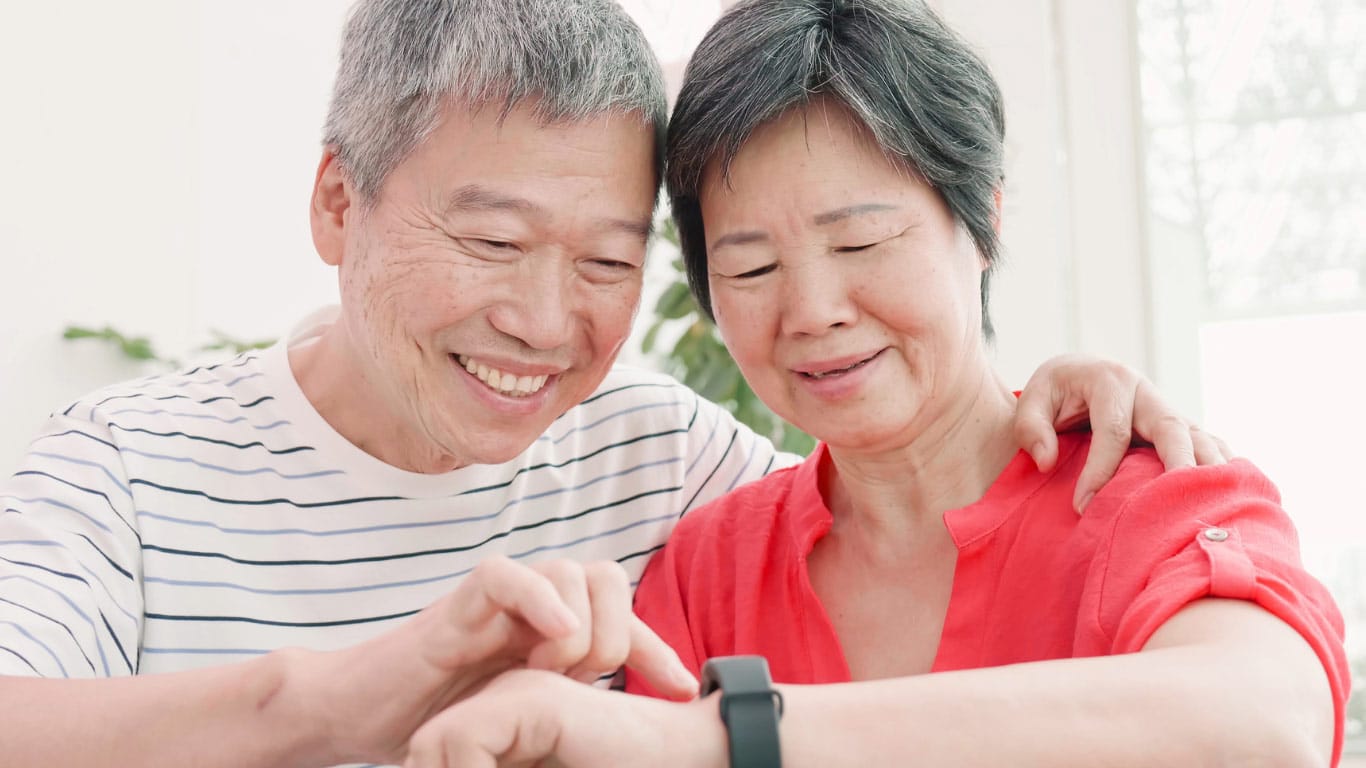
Why Are Wearables So Popular?
There’s a clear reason for the buzz. Studies show that real-time feedback increases compliance with lifestyle goals, such as:
- Improving sleep hygiene
- Supporting metabolic flexibility
- Encouraging daily movement
- Enhancing mindfulness and breathwork
- Creating awareness of food triggers or stress responses
A 2020 review in JMIR mHealth and uHealth found that wearables increased physical activity levels by an average of 1,850 steps/day and improved self-monitoring behavior in those with chronic conditions.
For practitioners, wearables can offer clients a sense of agency and a window into trends that might be missed in occasional lab draws.
Popular Wearables: Pros & Cons at a Glance
Oura Ring
- Best For: Sleep tracking, recovery, temperature, HRV
- Pros: Highly accurate sleep staging, non-intrusive, long battery life
- Cons: Subscription-based, not workout-focused, no screen
CGMs (e.g. Nutrisense, Levels)
- Best For: Blood glucose trends, metabolic awareness
- Pros: Real-time feedback on food, stress, sleep
- Cons: Invasive, expensive, short sensor lifespan, potential for obsessive tracking
WHOOP Strap
- Best For: Athletes and recovery-focused users
- Pros: Tracks HRV, strain, recovery, sleep depth
- Cons: Monthly subscription, no screen, data overload for casual users
Fitbit
- Best For: General activity, entry-level tracking
- Pros: Affordable, easy to use, step and heart rate tracking
- Cons: Less accurate HRV/sleep, EMF concerns, subscription unlocks full features
Apple Watch
- Best For: All-in-one health and lifestyle tracking
- Pros: ECG, heart rate alerts, SpO2, robust app ecosystem
- Cons: Short battery life, distractions, high EMF exposure
Garmin (Venu/Fenix/Forerunner)
- Best For: Endurance athletes and outdoor tracking
- Pros: Long battery life, accurate GPS, advanced training metrics
- Cons: Steep learning curve, less emphasis on HRV or recovery
Smart Jewelry (Bellabeat, Circular, Evie Ring)
- Best For: Menstrual and stress tracking, mindfulness
- Pros: Stylish, discreet, less EMF, ideal for tech-averse users
- Cons: Limited data scope, evolving tech, less validated metrics
👉 Learn more: The Wearables Debate: Weighing Health Benefits and Digital Risk
Biofeedback: A Powerful Functional Tool
In functional medicine, biofeedback is essential. HRV tells us about vagal tone and resilience. Sleep data can validate hormone imbalances or stress response. Glucose monitoring helps clients understand post-prandial patterns that may not be captured in fasting labs.
When used mindfully, wearables can:
- Help validate energy crashes or brain fog
- Highlight cortisol disruptions (e.g., poor sleep despite early wake)
- Correlate HRV dips with high-inflammatory foods or emotional stress
- Encourage metabolic flexibility (shifting between carb/fat burn via tools like Lumen or CGMs)
HRV, in particular, is a standout metric: Lower HRV is associated with higher stress, inflammation, and risk for cardiac events—yet it is trainable with breathwork, recovery, and sleep quality.
Mental Health & Wearables: The Double-Edged Sword
The Good:
- Encourages healthier behaviors
- Validates symptoms (for those who feel dismissed)
- Promotes mindfulness and self-regulation
- Creates visible wins (e.g., better sleep, more steps)
The Not-So-Good:
- Can trigger health anxiety or “data obsession”
- May lead to over-monitoring or dependence on numbers
- Sleep or glucose “scores” can paradoxically disrupt sleep or food freedom
- People with perfectionist or disordered eating tendencies may over-control based on metrics
For sensitive individuals, especially those healing from trauma or chronic illness, too much tracking can feel invasive or triggering. That’s where practitioner guidance becomes essential.
Privacy & Ethical Concerns: What You Need to Know
This is where the conversation gets real.
What’s being collected?
- Heart rate, temperature, sleep cycles
- Menstrual history, glucose fluctuations
- GPS/location data
- Emotional or stress markers (based on HRV and skin conductance)
Where does it go?
Most wearables store data in the cloud. Some platforms allow export and deletion of data—but not all.
Can it be shared or sold?
Yes—depending on the platform, your data may be shared with third parties for analytics, advertising, or algorithm development.
As one user recently pointed out: “Always read the fine print.” Data collected from health wearables may not be protected under HIPAA if not used in a clinical context.
Red flags to look for:
- Vague or non-transparent data policies
- Lack of export or delete options
- Terms that allow sale of anonymized data
- Platforms that store menstrual or fertility data without clear consent
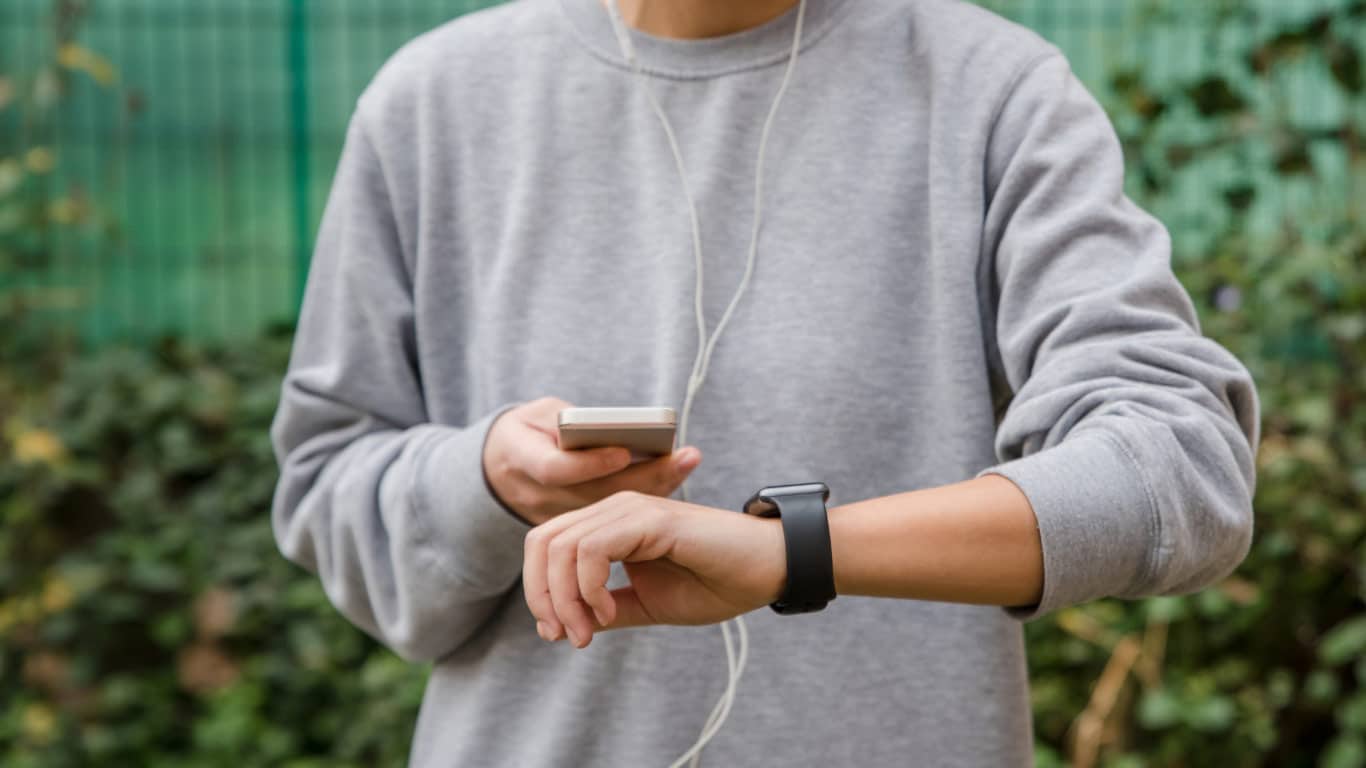
Who Should Use Wearables—and How?
Wearables are best used as guidance, not gospel. They’re ideal for:
- People motivated by real-time feedback
- Clients in metabolic or circadian repair
- Athletes optimizing recovery
- Those exploring biofeedback and nervous system regulation
They are less ideal for:
- Anyone prone to compulsive or perfectionistic behavior
- Clients with active eating disorders or trauma
- Children or teens without adult guidance
- Individuals concerned about surveillance or personal data use
Let the Data Serve You
Wearables are incredible tools—but they should serve your health, not dominate it.
They can build awareness, deepen insight, and help you nudge behavior change in sustainable ways. But they are not a replacement for intuition, clinical testing, or personal experience.
As with any tool, your intention matters most. Use wearables to observe, not obsess.
If you’re considering a wearable for yourself or recommending one to a client, ask:
- What’s the why behind using it?
- Will this data help me take empowered action?
- Am I okay with where my data is going?
Start with one, use it consistently, and keep the human side of health front and center.

